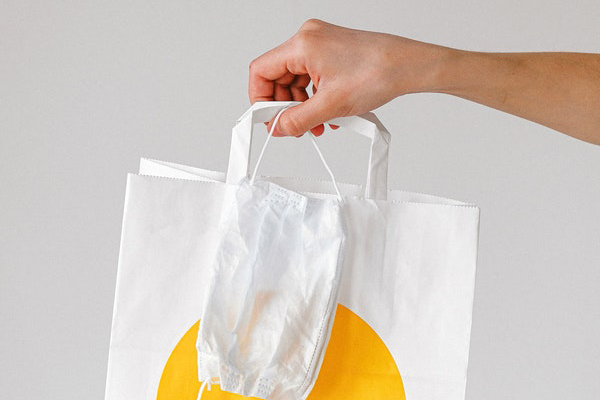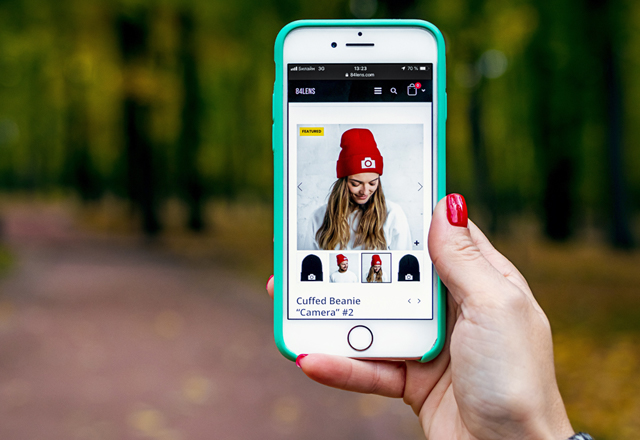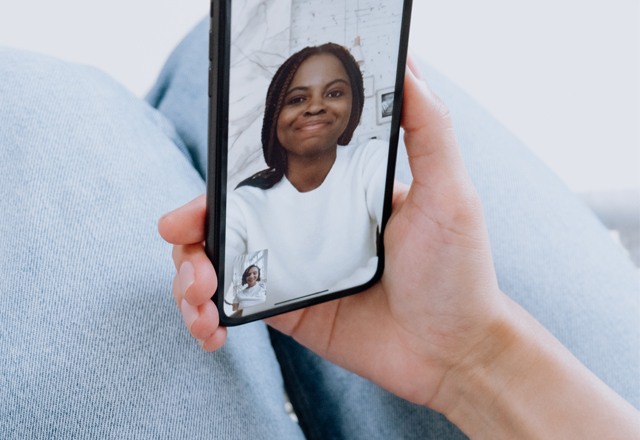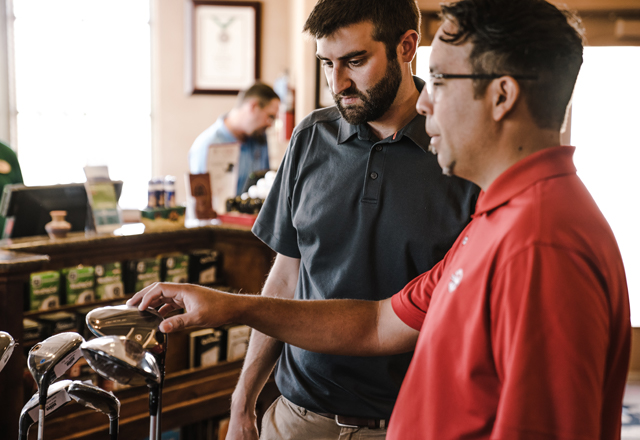Guest post from Antavo
In-store promotions are designed to attract customers to brick-and-mortar stores, build brand or product awareness and provide benefits that online shopping simply just cannot give them. If customers are not visiting the store they might be missing out on special promotions, discounts or free giveaways.
Also when customers shop at a local business, they are strengthening the local economy as well.
In order to compete with eCommerce, loyalty programs for physical stores have to be more than just membership cards. Creating a loyalty program is a great way to effectively strengthen your brand image, connect with your customers, improve your retention and drive more in-store sales. Following the pandemic touchless solutions are playing an essential role in the in-store experience. It is crucial that retailers show customers that they are invested in their safety as stores reopen.
Enroll Customers Into Your Loyalty Program In-Store In a Fun Way
Show customers how your in-store location is just as enjoyable as shopping online by:
- Vivifying the thrills of shopping in person via allowing your customers to browse your online shop in your physical location
- Implementing click and collect
- Making sure your physical and digital stores work together
- Letting your customers interact with your products
Also, reward your returning customers with a loyalty program by offering discounts after a certain amount of visits, access to special in-store events and other perks. If they like the program they are more likely to recommend your store to friends and their families. Special offers by push notifications, personalized offers will help you enhance brand experience.
Bridge the gap between offline and online customer interactions with digital loyalty cards, which is an effective solution to boost in-store engagement and reach more customers through location-based messages, thereby driving multiple business KPIs.
Experiential Retail
According to a study by Deloitte experience has become the differentiating factor for businesses. Over 50 percent of customers say that the overall enjoyment of the shopping experience was important when making their final decision. When customers visit a store and are offered experiences such as large video display walls, a cafe, kids’ corner, virtual reality they will want to return. All these create a memorable experience and soar customer expectations.
Retailers can engage with in-store customers by enriching the offline customer journey, by offering them fun, easy and convenient ways to interact with gamified features. For instance, an offline treasure hunt, where customers need to find marked treasures or products inside the store, then use their mobile to scan the item’s barcode for a reward. You can prompt customers to thoroughly inspect the whole store, ensuring that they discover products or sections they would have overlooked otherwise. Send customers a push notification inviting them to play a fun game and win rewards. A Prize Wheel is ideal for mobile apps if you prefer touchless engagement for in-store devices. Showcase the prize wheel on an in-store device to instantly catch customers’ attention. Customers can approach the wheel and take a spin, giving you a new way to engage them.

QR Codes
Implementing a touch-free solution like QR codes on brochures or on signages in different areas of the shop, on the counter or in the dressing rooms, is a great way to make customers aware of your loyalty program. You might consider putting a QR code on the tags of your most popular products, so customers can scan it with their phone and receive a reward in return such as a small gift at the counter or a sum of loyalty points. Make sure to let the customer know that upon scanning the QR code they get rewarded.
DSW, the American branded footwear and accessories retailer featured QR codes on their magazine ads to engage customers. When customers scan the QR code they are taken to the DSW’s mobile site, where they can find the store nearest to them to view the products in person, check their order status, view DSW’s rewards program, and redeem their loyalty points, or make a purchase then pick up their order curbside, completely contactless.

NFC Technology
NFC technology is a great way to spice up in-store customer engagement. With its help, you can create novel in-store experiences. It allows retailers to connect quickly and easily with customers at every step of the customer journey. In a loyalty program, NFC enables people to use their smartphones to interact with store-exclusive loyalty program features.
In Timberland’s Manhattan flagship store around 50 percent of the store’s inventory had been equipped with NFC tags. Upon tapping information about the product came up on the screen. The NFC tag was integrated to collect data from the customer. The store started adding credit for customers who signed in on the tablets, adding an extra touch to the customized shopping experience.
Beacon Technology
Beacon technology boosts customer experience by increasing efficiency, providing money savings, convenience, inspiration, and personalization. With targeted ads and brand offers, notifications and greetings on special occasions, you can add value while increasing trust. With just a single beacon near the entrance of a store, you could send a promotional notification to the user whenever they enter it or track how many users come to the store in a specific timeframe.
Target, the American retail corporation, is using beacon technology to help in-store customers to use Target’s app to create shopping lists, and then see where items are located in-store. As they move, their location changes in real-time, showing them whether they’re getting farther or closer to the product.

Introduce a Kiosk In-store
Self-service kiosks are a rising component of in-store technology. It gives customers the possibility to shop for both the physical and online product offerings. They help shoppers gather information and speed up the shopping process. In-store kiosks are also a great way to promote a loyalty program. You can either set up a kiosk where waiting customers typically gather or offer priority lanes as a members-only feature. It is also an excellent solution to make sure customers are entertained while standing in line.
In order to help the customer as much as possible in finding products and to prevent lost sales, the ANWB, a travelers’ association in the Netherlands, needed a new solution to offer customers products that are not yet in stock. The kiosk has almost the same performance as the webshop on a PC, but the navigation especially works in terms of visual language and icons. By adding NFC technology to the kiosk retailers can ensure contactless touch screens for the customers making in-store shopping even safer in the post-pandemic world.

Sales Associates
Obviously, human interaction has a great impact on a customer’s emotional connection to a retailer. It will be especially of outstanding significance following the pandemic when everyone is craving a return to normal face-to-face communication. Well-trained sales associates can help boost loyalty program membership rates, as one of the easiest ways to inform your customers about your loyalty program and how their today’s transaction will get them closer to earning exciting rewards.
The Douglas perfumery chain’s loyalty card, called the Beauty Card, makes it possible for the company to serve their customers in a much more personalized way both online and offline. Besides offering several benefits, such as birthday surprises, product samples and invitations to exclusive events. They also offer makeup refreshing, skincare services, and beauty tips in-store.

Brick-and-Mortars Coming Back to Life
Following COVID-19 face-to-face interactions will be receiving an even greater emphasis, as customers are hungry for communication. As shopping has evolved dramatically over the past several decades, the competition between retailers is fiercer than ever. Customer buying behavior is constantly shifting, not only when it comes to in-store shopping but online shops have also joined the race for customers, providing them with more choice and convenience.
Nevertheless, it is important not to overlook your stores as a crucial touchpoint in generating long-term customer loyalty. While customers are growing more comfortable with online shopping every day, the in-store experience isn’t going away anytime soon.




















































